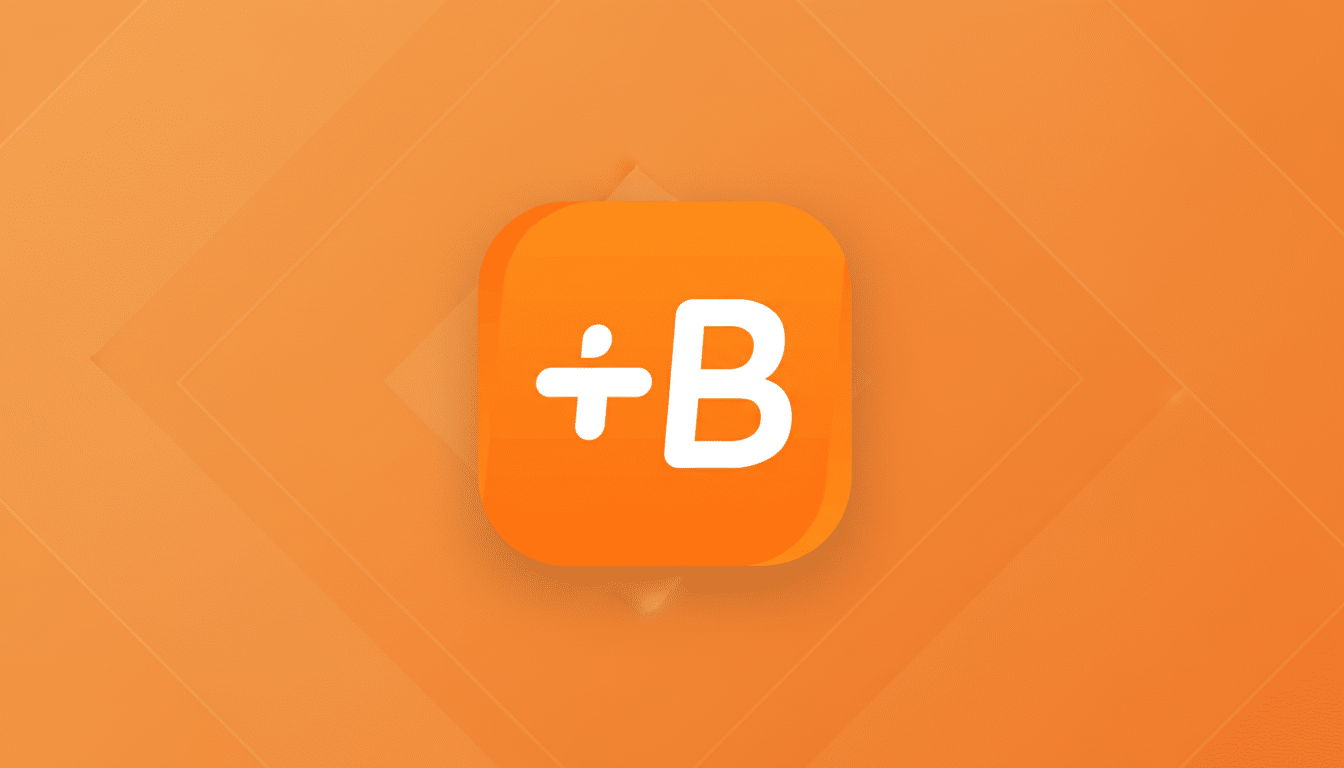Babbel is doubling down on a simple promise, in a world where we can get so much for free or next to nothing: Pay once and have access forever. One lifelong membership. And learn something new every day of your life.
The language app’s lifetime access is available across all languages and levels in one purchase, offering itself up as a long-horizon alternative to monthly fees.

The pitch is simple but important for learners who want to stick with it. Rather than break that momentum, and churn customers by pausing accounts when life is full-on, users can come in and out across years at a time without worrying about renewing. And for anyone studying fluency at their own pace, that freedom is just as crucial as content quality.
What the Lifetime Membership Includes for Learners
Babbel offers lifetime access to 14 languages featuring thousands of bite-size lessons that focus on real-world conversations. Courses correspond to the Common European Framework of Reference (CEFR), starting you at absolute beginner (A1) and taking learners through advanced topics (to C2 as well, for some languages) with grammar, listening, reading, and cultural notes along the way.
Central tools — speech recognition for pronunciation, spaced-repetition review, and adaptive practice — aim to shrink the duration between learning phrases and speaking them. Lessons are approximately 10-15 minutes and sync across all devices, with listen offline mode when lessons are downloaded beforehand. Whether you prefer to go all in on Spanish or switch back and forth between Italian, German, and Turkish, the all-in access means no more having to weigh languages against each other with a single-language plan.
How It Develops Real-World Speaking Skills for Learners
The course design on Babbel lends itself to dialogue-first learning. Scenarios — as opposed to random word lists — simulate what you’ll likely see in the real world: ordering food, asking for directions, booking travel, dealing with work small talk. That approach matches what educational frameworks and corporate L&D teams advocate: functional communication trumps perfect grammar from the get-go.
The learning science itself is not new, but it works when it is done well. This spaced repetition comes in handy against the “forgetting curve” described by cognitive psychologist Hermann Ebbinghaus, and smaller, more regular sessions keep retention high. Add speech feedback — along with courage to mispronounce a few times without being laughed at — and you have the mechanics that adults most need for learning apps to stick.
Evidence and Outcomes Backing Babbel’s Approach
There is a vibrant independent demand for multilingual talent. The American Council on the Teaching of Foreign Languages reports that 90% of U.S. employers depend on workers with language skills, and more than half anticipate the need for these skills to increase. Employers surveyed also say they are losing sales and customer-support opportunities because of language barriers.

On the learning side, Babbel correlates its courses with CEFR targets and provides internal assessments that measure learner progress moving between levels. The company also mentioned the work it is doing with researchers at Yale University and elsewhere to show that its approach works. As with all self-paced platforms, it’s the consistency that mostly defines your outcomes: people who log in for short sessions per day over a few weeks tend to make more progress than occasional crammers.
Whom Lifetime Access Is (and Isn’t) Best For
A one-time license is appealing if you are going to be a student for more than a year, want to keep your languages around as you go, or are the kind of person who takes seasonal breaks and doesn’t want them to get in the way of access. For frequent travelers, globally minded professionals, and families studying together, there’s outsized value as the cost amortizes over time and goals.
It also serves as a hedge against subscription fatigue. For anyone who’s ever canceled language apps after a busy few months — only to boot them back up at some point thereafter — the friction of re-subscribing vanishes. The practical caveat applies to any lifetime product: it’s the lifetime of the service, not the user. That being said, Babbel’s size, standardized curricula, and regular product iterations mitigate the possibility of buyers feeling abandoned.
Pricing and Availability for Babbel’s Lifetime Plan
Babbel’s lifetime plan has been made available both directly and through authorized partners with promotional pricing that regularly beats the price of one to two years of a standard subscription. Retailers including StackSocial have offered discounted rates for a limited time under $150, down from list prices that are typically around $299. Offers and terms may vary in some regions, and there are more conditions.
For purchasing decisions, compare options carefully: Think about that break-even point, and remember that if you’re planning to study for 18 to 24 months or want access to multiple languages, the one-time model tends to be cheaper.
If you only need to refresh for a brief period on a single trip, the monthly plan may be cheaper.
Bottom Line on Babbel’s Lifetime Language Access
Babbel’s pay-once, learn-forever business model hits what most adult learners will find is their sweet spot: practical speaking skills with as little friction and distraction as possible. With its CEFR-mapped lessons, speech recognition, and bite-size format for the commute or coffee break, lifetime access eliminates one of the greatest hidden costs in language learning: time wasted through non-active subscriptions. If fluency is a long-term pursuit for you, one payment and a lifetime leaning in seems the way to go.

